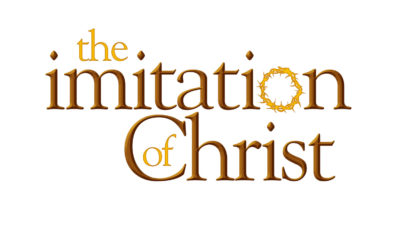Researchers at the venerable Salk Institute recently gained new insights into the neural mechanisms that shape our perceptions of the world. “When we perceive the world around us,” they explain, “certain objects appear to be more noticeable than others, depending on what we do. For example, when we view a forest-covered mountain from a distance, the forest looks like a large green carpet. But as we get closer, we start noticing the individual trees, and the forest fades to the background.”
Right—we all know the saying, “can’t see the forest for the trees.” But the folks at Salk took this a step further and asked, “What happens in the brain as our experience changes so drastically?”
“For decades,” they continue, “scientists studying the visual system thought that individual brain cells, called neurons, operate as filters. Some neurons would prefer coarse details of the visual scene and ignore fine details, while others would do the opposite. Every neuron was thought to do its own filtering.” But it turns out this isn’t the case. Interestingly, the study revealed that the same neurons that prefer coarse details could change to prefer finer details under different conditions.
Well, this got me thinking. We can view, for example, Christendom as the forest. But that forest comprises many trees—individuals. How does our perception change when we view the Church broadly (coarse detail), versus our experience as we interact with individual Christians (fine detail)? What “filters” are active? What behaviors are produced by these differences in perception? Are there cognitive dissonances to overcome? If the forest is made up of trees, how might that forest be viewed if the trees were, say, a very different color?
There’s an old saying that every snowflake in an avalanche pleads innocence. Let’s turn this around. What if every Christian chose—and took responsibility for—changing his stripes? Indeed, the world would perceive a very different forest—or avalanche, as the case may be.



